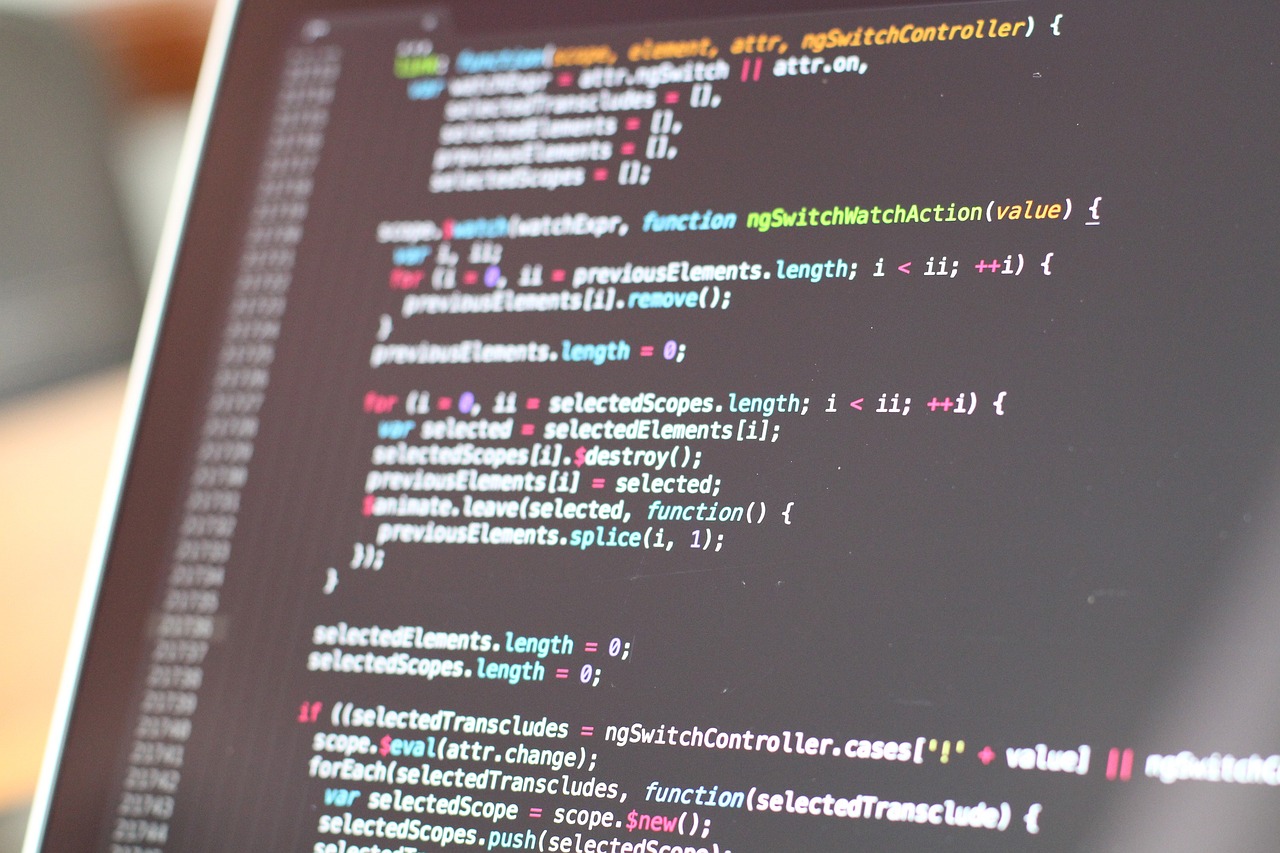1. Understand the Problem:
Before setting a threshold, gain a clear understanding of the problem you are addressing with your image processing model. Identify the specific features or conditions you want to detect or analyze.
2. Model Training:
Train your image processing model using a labeled dataset. Ensure that your model accurately identifies the features or conditions of interest during the training process.
3. Output Analysis:
Analyze the output of your model on a validation or test dataset. Examine the confidence scores or probabilities assigned to different classes or conditions by the model.
4. Determine Threshold Criteria:
Define the criteria for setting a threshold. This could involve selecting a confidence score or probability level above which the model’s prediction is considered reliable.
5. Receiver Operating Characteristic (ROC) Curve:
Consider utilizing tools like ROC curves to evaluate the trade-off between the true positive rate and false positive rate at different threshold values. This can aid in selecting an optimal threshold for your specific application.
6. Experimentation:
Experiment with different threshold values to identify the one that best suits your needs. Iterate and adjust the threshold based on the model’s performance on various datasets or in real-world scenarios.
7. Performance Metrics:
Use appropriate performance metrics, such as precision, recall, F1 score, or the area under the ROC curve, to assess the model’s performance at different threshold levels.
8. Implement Threshold in Post-Processing:
After determining the optimal threshold, implement it in the post-processing step of your image processing pipeline. Set conditions that filter out predictions below the threshold.
9. Test on New Data:
Validate your model with new and unseen data to ensure that the chosen threshold generalizes well to different scenarios.
10. Fine-Tuning:
If necessary, fine-tune your model or threshold based on ongoing performance evaluation and feedback from real-world usage.
Image by fancycrave1 from Pixabay
